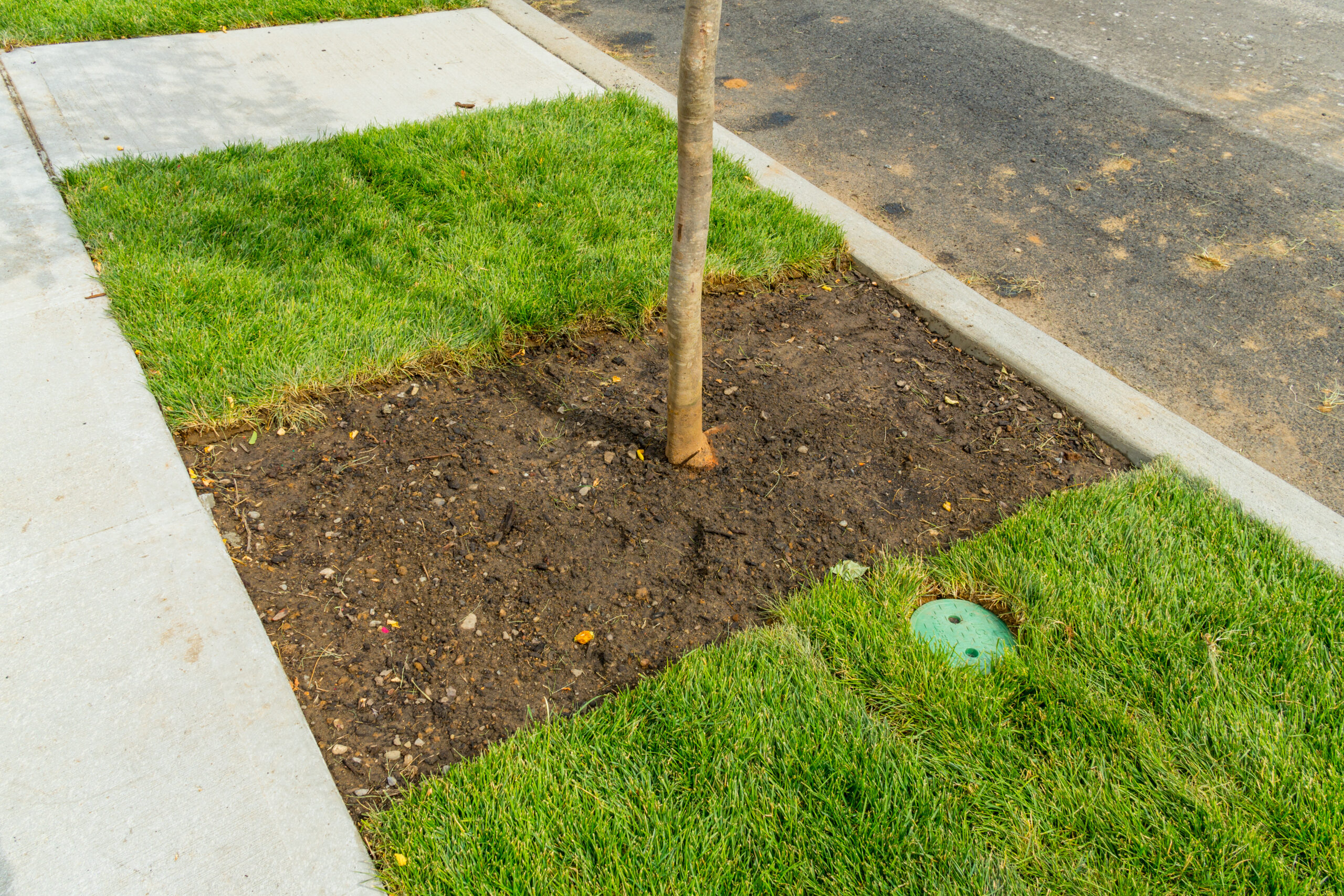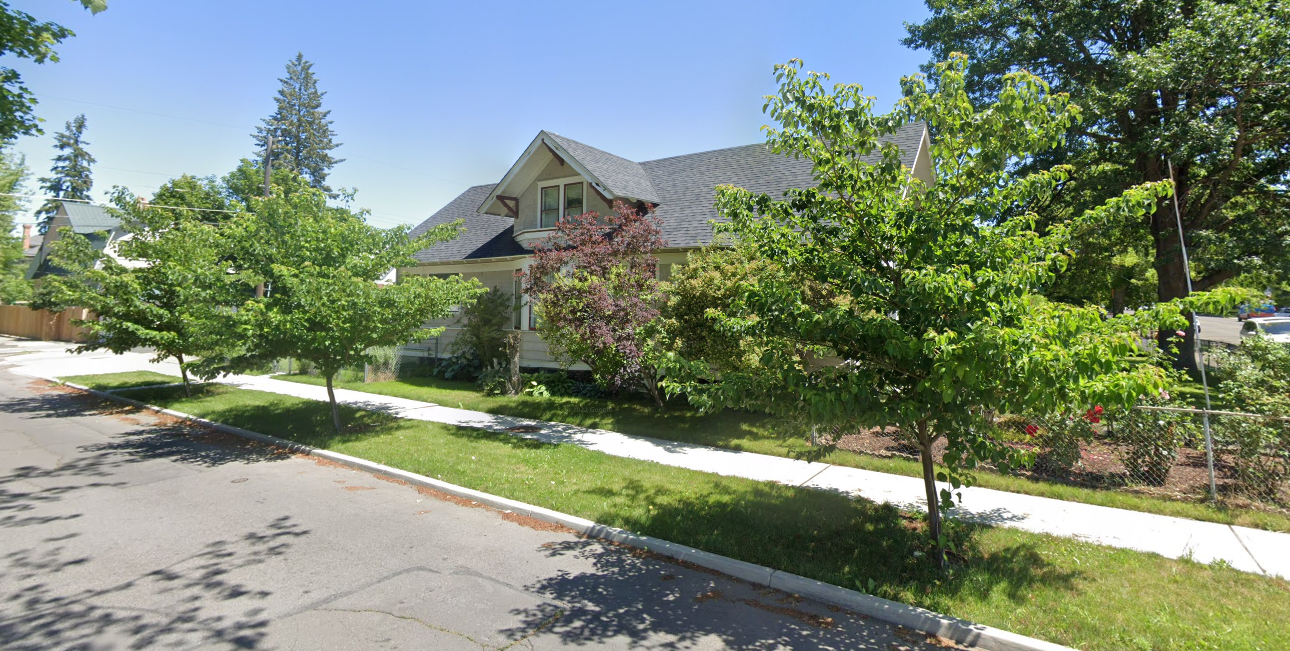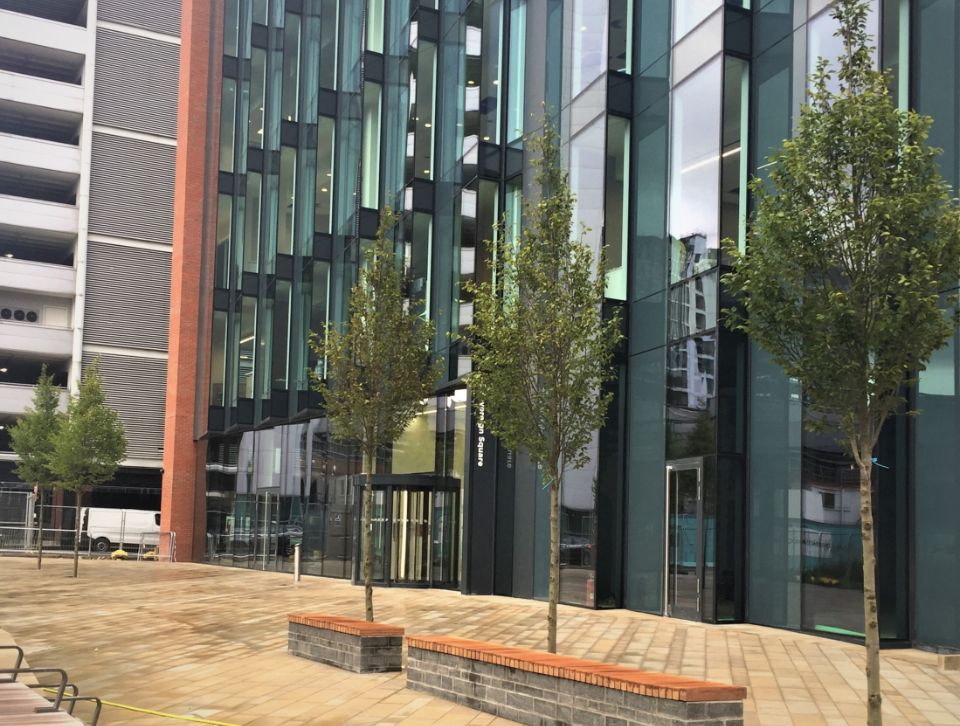The West Central neighborhood of Spokane, Washington, overhauled their stormwater system (and planted over 60 trees) with DeepRoot Silva Cells
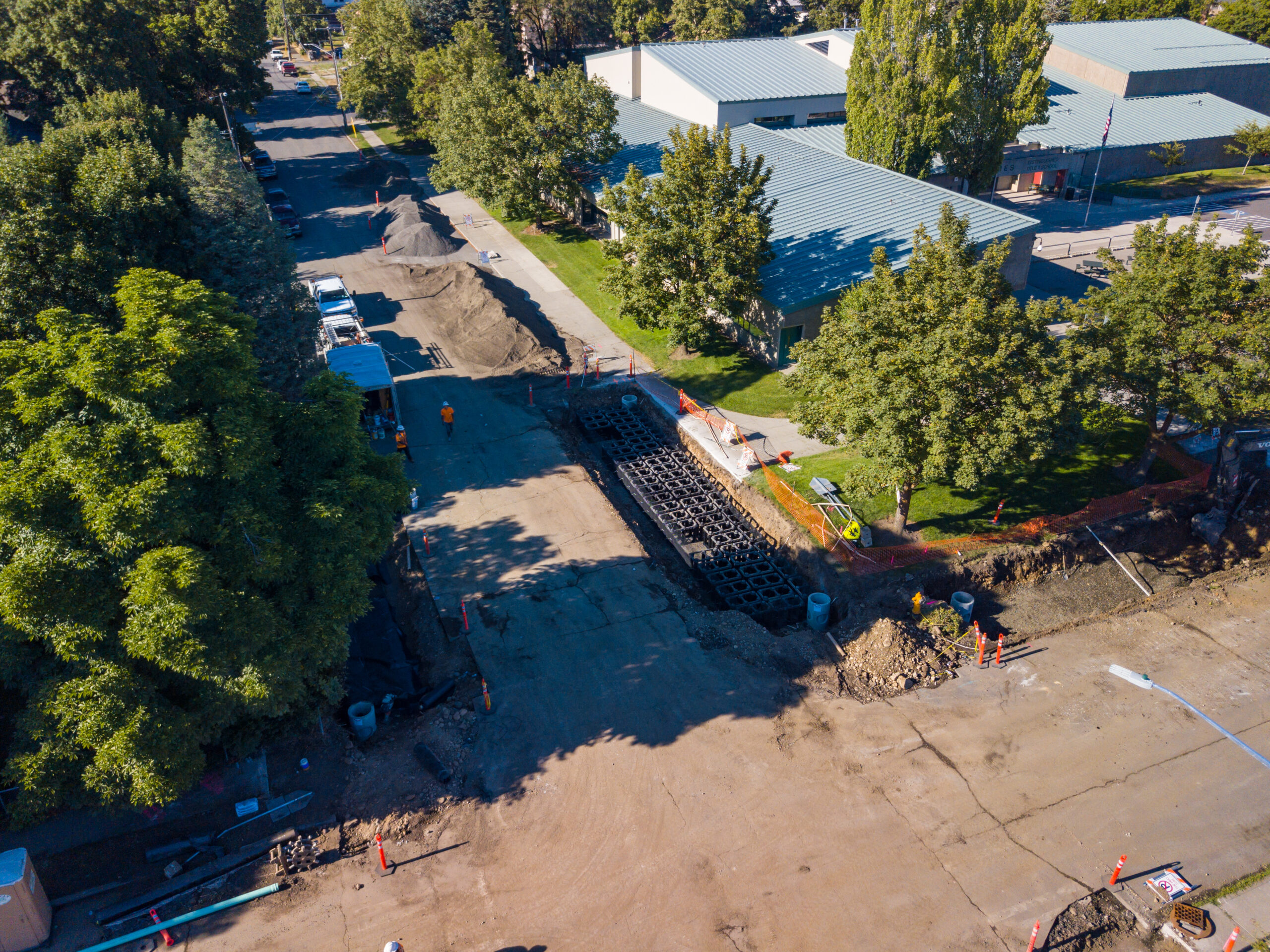
In late 2017, the City of Spokane began an ambitious $3.5 million project to upgrade the stormwater treatment operation in its West Central neighborhood. Municipal planners considered a number of options — including swales and stormwater storage units — to reduce the burden on the combined sewer overflow (CSO) system, one of the chief priorities in the city’s Integrated Clean Water Plan; however, the best solution for West Central was to integrate Silva Cells into the streetscape. The Silva Cell system helps treat runoff of contaminants and manages peak-flow storm events while simultaneously providing uncompacted soil for 63 new neighborhood trees.
Number of Silva Cells: 3,306 (2x)
Number of Trees: 63
Type of Project: Streetscape, Stormwater
Project Designer: City of Spokane
Project Contractor: Halme Construction
Installation Date of Silva Cells: Spring-Summer 2018
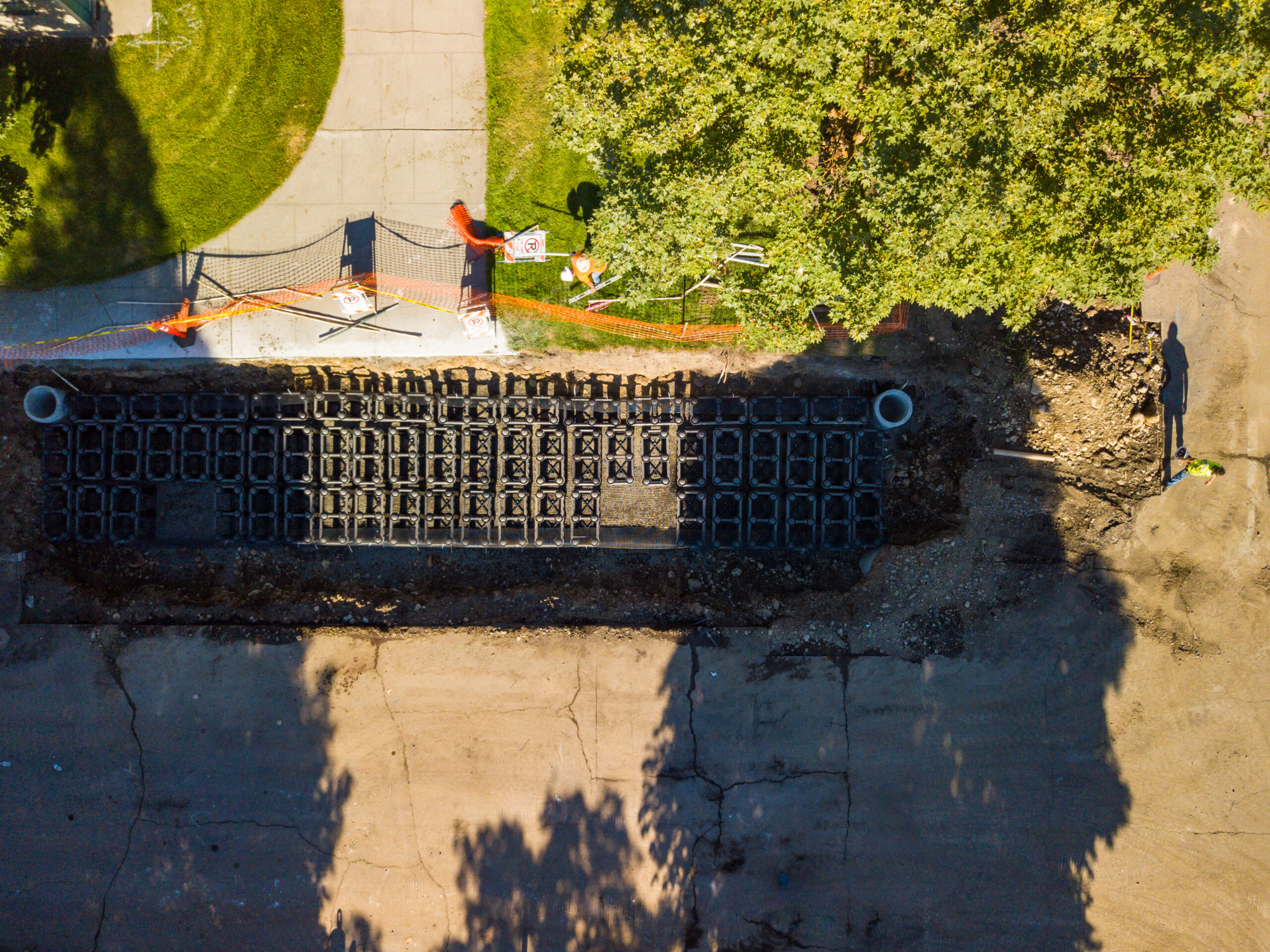
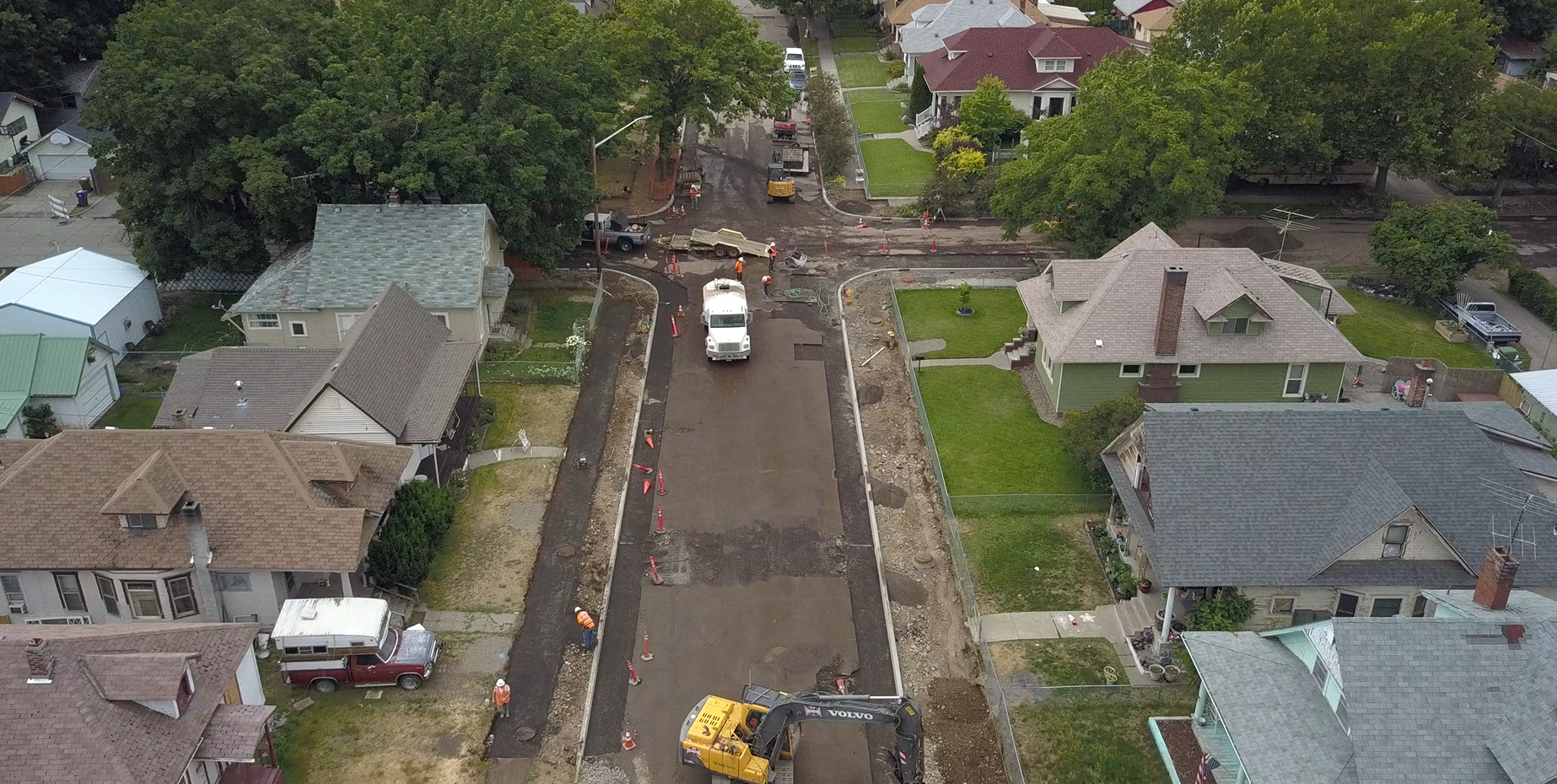
In an effort to clean the Spokane River of its urban contaminants, the city adopted a $310 million Integrated Clean Water Plan in 2014. The goal was to “maximize both water quality benefit to the Spokane River and overall benefit to the people of Spokane.” One of the first concerns was addressing the combined sewer overflow (CSO) system, lowering the burden on the city’s often-overwhelmed gray infrastructure.
The West Central neighborhood began exploring options to improve their stormwater management network in early 2017. It was crucial to municipal planners to retain the neighborhood’s green character (with many residential trees) while also not sacrificing any of the already-limited vehicular parking. Above-ground bioretention swales were considered, though the space needed along the streetscape — and the potential impact to both trees and parking — made this option prohibitive. Stormwater storage tanks were also not suitable, given the underground space required and their ongoing maintenance needs.
Spokane officials ultimately settled on the Silva Cell system, an underground bioretention equivalent that provided a number of important benefits: a small system footprint, maintained curb lines, no loss of parking, limited maintenance requirements, on-site stormwater treatment, and a quality soil environment for area trees.
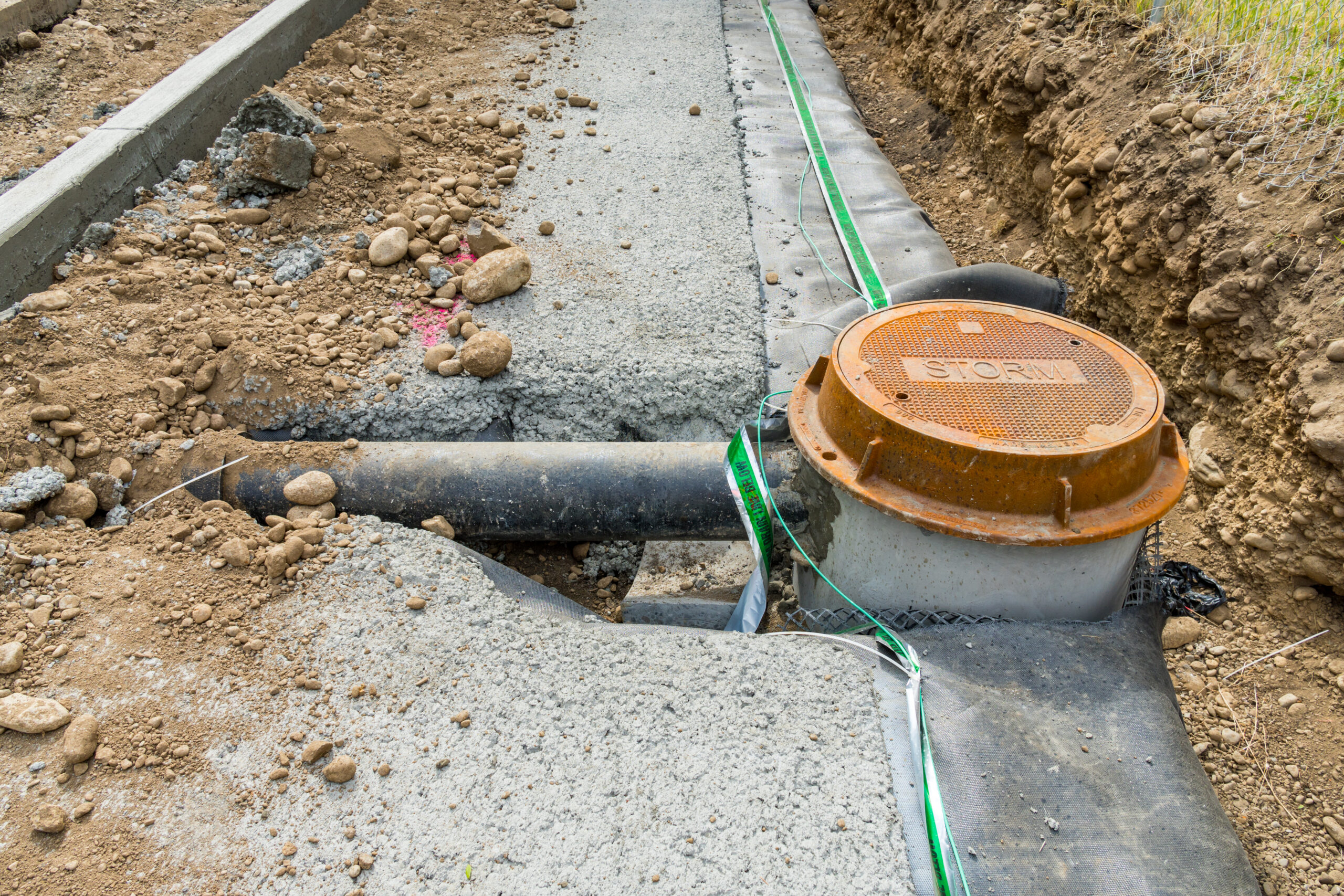
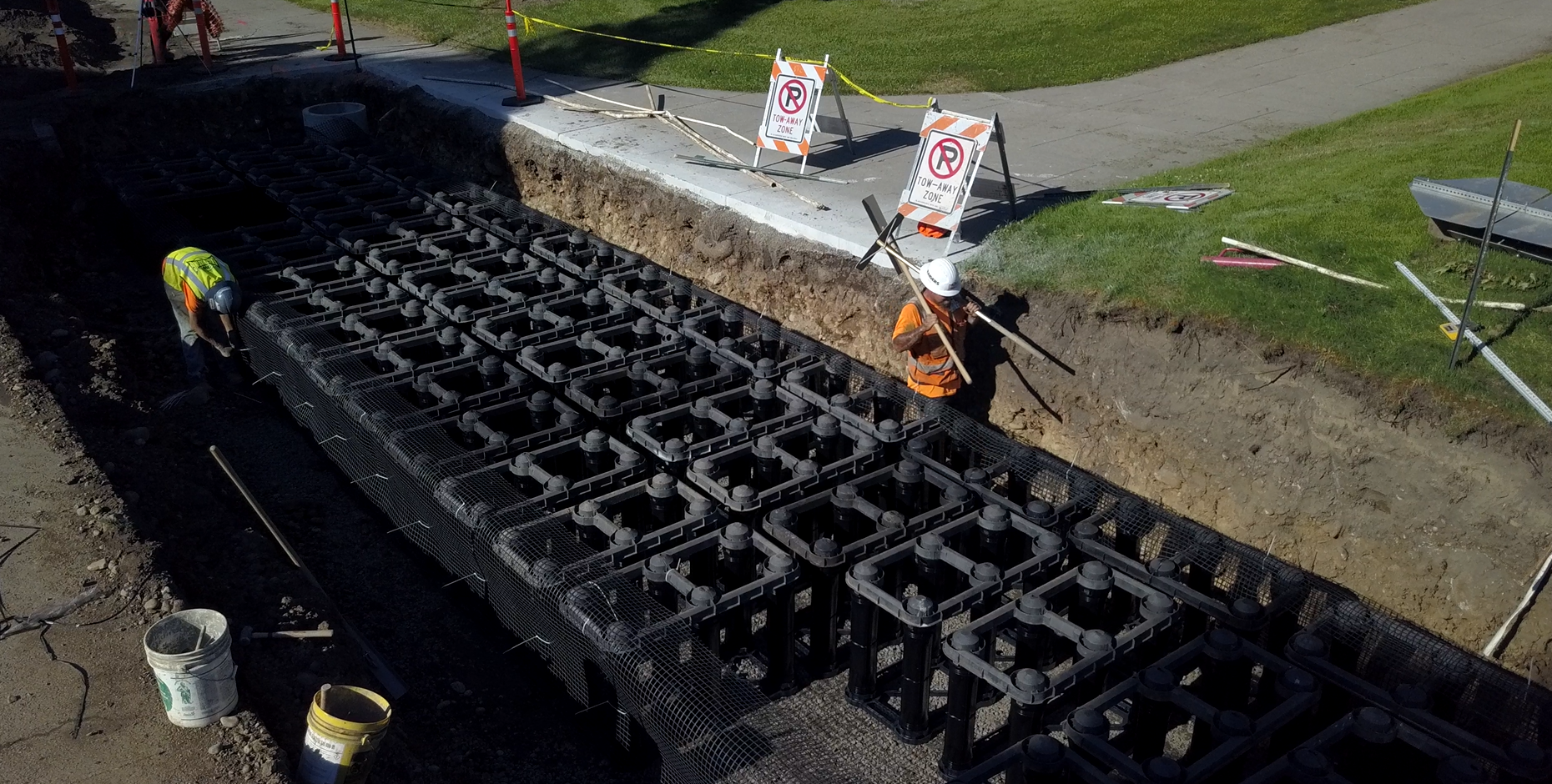
The $3.5 million West Central stormwater project was completed by Halme Construction, whose team installed more than 3,000 Silva Cells at 20 different intersections across the neighborhood. An indispensable part of this bioretention model was, of course, the “bio” element: 63 new trees were planted across West Central.
“These [Silva Cell] swales provide a place for water to go, but also support surface treatments like tree wells and sidewalks, which we feel helps add amenities in residential areas,” observes Marlene Feist, spokeswoman for the City of Spokane’s utilities department.
The Silva Cells are filled largely with loosely compacted soil, which provides an optimal environment for healthy root expansion. There is, however, an intentional void space atop the soil bank that is reserved for stormwater entering the system from large concrete chambers (which capture rain from catch basins) that disperse the water into the Silva Cells. In this way, the water is slowed before exiting the system into the sewer pipes and is also cleansed of runoff pollutants. In this application, the Silva Cells are designed to withstand a 10-year storm event.
Kyle Twohig, director of engineering for the public works department, says that the Silva Cell system is “really helping us both with our stormwater treatment, as well as giving us a neighborhood aesthetic.” The dual-purpose system is also a cost-effective choice for simultaneously growing large, healthy trees and reducing the burden on Spokane’s utility network (and thus, lowering the contaminants entering the river).
For other DeepRoot projects in Washington State, check out our case studies here, here, and here.
